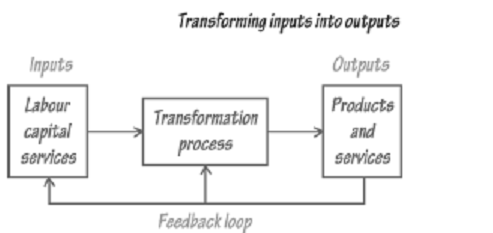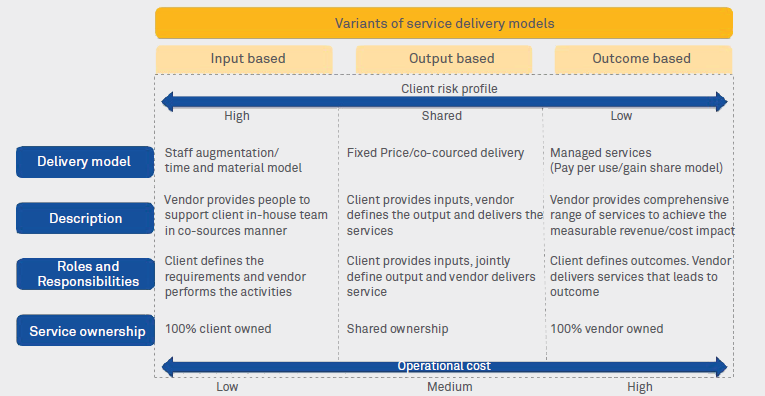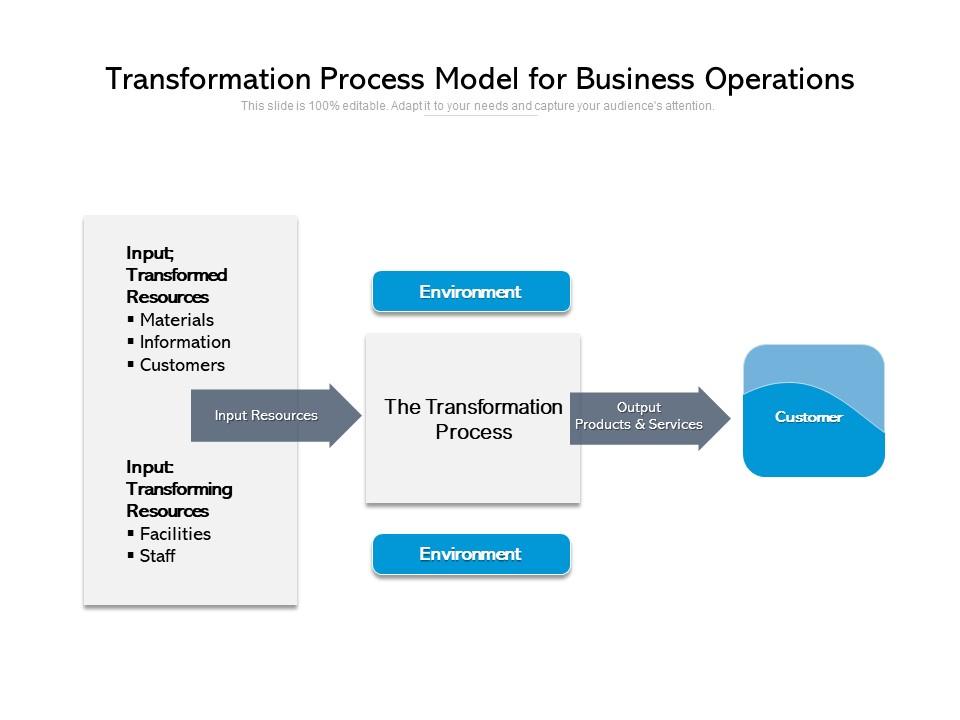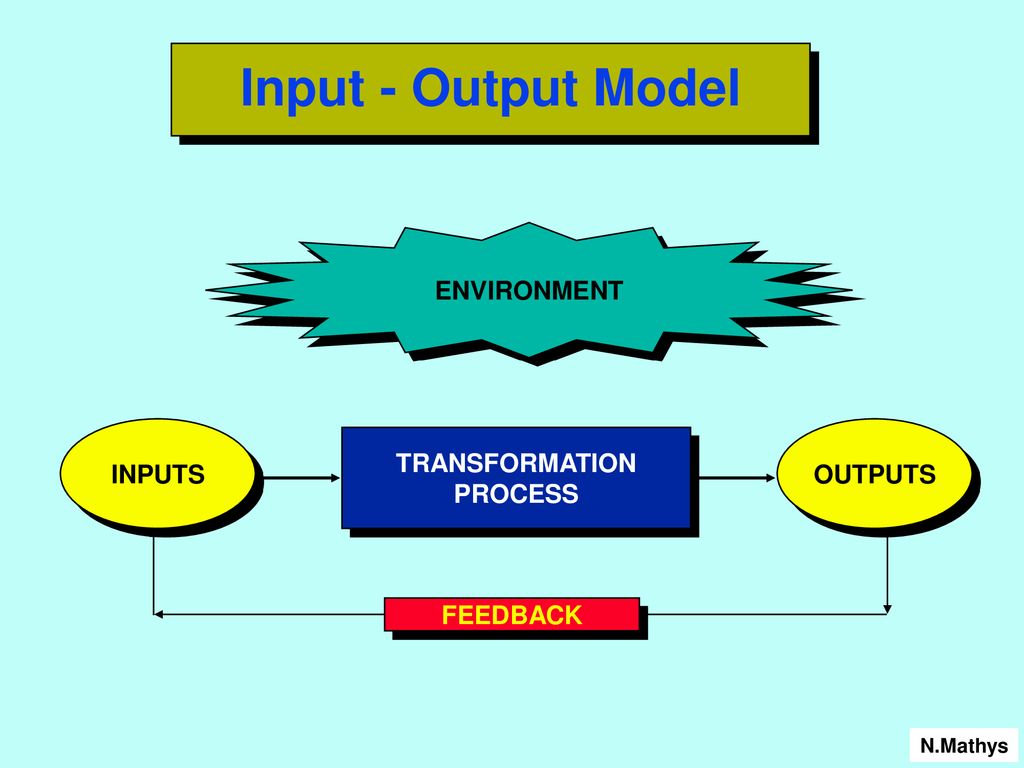The input-transformation-output model is a fundamental concept in systems thinking and is commonly used to analyze and design systems in various fields, including engineering, business, and computer science. It is a way of looking at a system as a whole and understanding how it processes inputs and produces outputs.
In this model, the input refers to the resources that a system receives or consumes. These can be physical resources, such as raw materials or energy, or information resources, such as data or instructions. The transformation is the process that the system uses to convert the inputs into something else, such as a product or service. The output is the result of the transformation, what the system produces or delivers to its environment.
For example, consider a manufacturing company that produces car parts. The inputs to this system might include raw materials, such as metal and plastic, as well as information resources, such as blueprints and instructions for assembling the parts. The transformation process might involve using machines to shape and mold the raw materials into the desired parts, as well as applying various coatings and finishes. The output of this system would be the finished car parts, which could then be used in the production of cars by another system.
One key advantage of the input-transformation-output model is that it allows us to analyze a system in a holistic way, considering all of its parts and how they fit together. This can help us to identify bottlenecks or inefficiencies in the system and find ways to improve its performance. For example, if we find that the transformation process is taking too long, we might look for ways to streamline it or invest in more efficient machinery.
Another benefit of this model is that it allows us to examine the relationships between a system and its environment. We can see how the inputs and outputs of the system affect the environment, and how the environment in turn affects the system through feedback loops. For example, if the output of a manufacturing company is a product that is harmful to the environment, this could lead to negative feedback, such as regulations or consumer boycotts that make it more difficult for the company to operate. On the other hand, if the output is a product that is highly valued by consumers, this could lead to positive feedback, such as increased demand and profits for the company.
Overall, the input-transformation-output model is a useful tool for understanding how systems work and for designing and improving them. It helps us to think about the inputs, processes, and outputs of a system in a comprehensive and systematic way, and to consider the relationships between a system and its environment.
How Organizations Turn Inputs to Outputs?

Each of these factors affects the structure of the organization differently, but if the three factors are carefully considered, the results can be very promising. Services: In general, the time taken by the professional services is high and hence the speed is low, quality is high, much more dependable and flexible. Operations management transforms inputs labor, capital, equipment, land, buildings, materials and information into outputs goods and services that provide added value to customers. If you can get the same outcome with less work involved, this would be an improvement. What are the types of transformation process? Sometimes the output of one process is used as input for the next. Their model looks at the transformation of inputs into outputs of goods and services and the range of activities and operations that an organisation undertakes as part of this process. What are the input resources to any transformation process? Moreover, haptics add an emotional element to communication.
What is the input transformation output process in operations management?

This Process Layout is often used in Service Operations like grocery stores, self-servicing restaurants, university offices and amusement parks. Examining management through a process lens offers new insights about managerial behavior. How do you turn inputs into outputs? A generic transformational process model can be set out as follows Slack et al, 2001, p. This service will emphasize on how the service is delivered to the customer rather than what service is delivered. Operations management transforms inputs labor, capital, equipment, land, buildings, materials and information into outputs goods and services that provide added value to customers.
What are the inputs transformation process and outputs of the production process?

A transformation process is any activity or group of activities that takes one or more inputs, transforms and adds value to them, and provides outputs for customers or clients. Layouts: The process layout contributes the organization with high quality and more flexibility in terms of production for the manufacturing units. Operations management is the process that generally plans, controls and supervises manufacturing and production processes and service delivery. As previously stated, production involves converting inputs natural resources, raw materials, human resources, capital into outputs products or services. As such, when considering differences between different types of operations ie manufacturing and services and then considering further differences within those different types ie different types of manufacturing operations , it is necessary to expand on the generic input-transformation-output model set out above.
Introduction to operations management: 2.1 Extensions to the input

Considering these factors can improve the effectiveness of management and organizational design. The difference between these two types of outputs affects such considerations such as storability, transportability, simultaneity, customer contact and quality Slack et al, 2001, pp. The key difference with the Slack et al. The Operations Function: It is responsible for fulfilling customer requests for service through the production and delivery of products and services. As a result, research has focused on haptics as a basic human interaction mode in organizations. In simple, operations are processes that take a set of input resources which are used to transform themselves, into outputs of products and services. Slack N et al, 2010.







